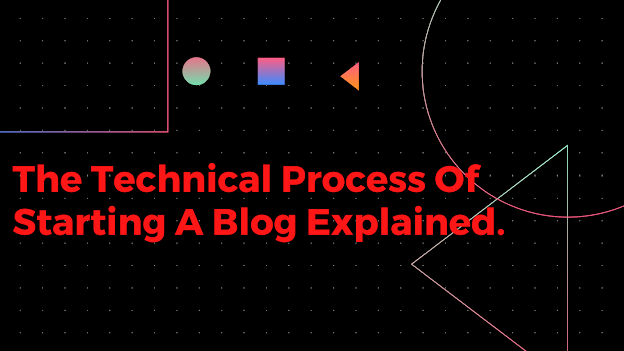You can start your blog with your private hosting or from a paid hosting service like Bluehost. It is overly not difficult and there are hosting companies that will set up your blog for free.
Here is a step by step direction on how to start your blog with an email host using WordPress.
Step 1: Install Blog
Install blog using Fantastico or Simple Scripts available in your hosting control panel.
If your host has Fantastico or Simple Scripts then installing a blog is a fairly easy and quick thing to do. What you will do is to login to your web site's control panel, and find the smiley face, the Fantastico Icon, and click on it. You'll see a section in the control panel for WordPress, click on it.
Then you click the 'install WordPress' and fill in all the information that it asks for. An important step to remember is the location, that says 'install in directory'. If you want the blog installed on your main 'index' page you'll want to leave the box blank. If you want it to be installed in a different location, such as [http://www.yourdomain.com/blog] then you'll need to put 'blog' in the box.
Step 2: Add Theme
Choose an appropriate theme and upload to the server using FTP. You upload the unzipped theme to: blog location/wp-content/plugins.
Go to the WordPress dashboard and activate the theme. Activate them by going to Presentation and then scroll down until you see the theme. Click it and it will be activated on your blog.
Step 3: Customize
Customize blog by
- adding appropriate header - edit the 'header' section in 'Appearance'>'Editor'
- changing colors in stylesheet 'style.css'
- editing sidebar - remove/edit blogroll/links, adding RSS links, add opt-in form
- set up categories
Some premium themes such as Thesis and Headway make the directions above unnecessary as customizing is as easy as filling out the options you'd like and clicking what you want.
How to change the header
Feedburner.com. Go to feedburner and 'burn' a feed. You'll want to use that feed to allow people to subscribe to your feed so that you can track the sign ups and also get statistics on your feed.
Step 4: Add Plugins
WordPress plugins are available on the WordPress website.
Here are important Plugins for your blog:
- Akismet - to prevent spam
- Action Popup - this is a premium (paid) plugin
- Podpress
- All in One SEO Pack
- Broken Link Checker
- Comment Luv
- DISQUS
- Feedburner Feedsmith
- Search Meter
- Tweetable
- WordPress Related Posts
Step 5: Posts
You'll want to get a good number of posts 10-25 before you start promoting your blog. The idea here is that you don't want to send people to an empty blog or else they'll never return. You want to have a blog full of useful information that you can promote easily.
You want to create good content and articles that you can refer to. Create a category for this but it is also a good idea to include it in a header menu so that people can find your posts with ease. Include it with the normal content listings such as 'about', 'contact', etc and label it 'articles'.
Step 6: Marketing
There are many ways to market a new blog:
- post to other blogs and leave a 'signature' when allowed
- add your signature to forum posts when allowed
- submit articles to directories - do this once a week with targeted directories
- send messages to your list when you post a new blog post
- pay per click marketing
- advertising
- guest posts on other people's blogs
Please see: Best 3 Marketing Automation Software Reviews. Top 3 Marketing Automation Software To Grow Your Business.
Blogging can be very advantageous to your business. It gives you a place to connect with your potential audience frequently and get your message out there more often. While it may take some time and effort to get your site up and running in the beginning, you're sure to enjoy the many benefits that blogging offers in the long run.
Please see: Blogging: How To Start A Blog. Beginners Step By Step Guide.





























